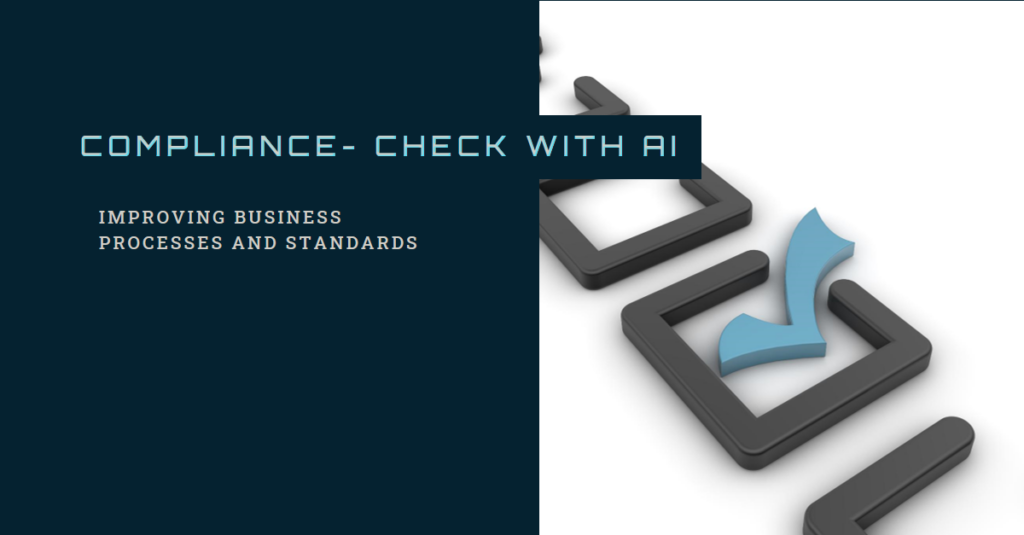Deep Learning and AI Platforms: Empowering Research and Innovation

Deep Learning and AI Platforms (artificial intelligence) have gained significant momentum in recent years, revolutionizing various industries, and driving groundbreaking advancements. In this academical blog, we delve into the realm of deep learning and explore the cutting-edge platforms utilized by tech giants such as Google, Microsoft, Meta, Amazon, and IBM to fuel their AI research.
Compliance checks with AI: Improving business processes and standards

Artificial intelligence (AI) is transforming the way businesses approach compliance checks. By leveraging the power of AI-powered technology, businesses can streamline their regulatory processes, automate routine tasks, and improve accuracy and efficiency.
Consulting Services
-MerisCon ARTDesign- offers unique advice based on many years of project work and continuous development. Our consulting concept draws on project roles such as programming, rollout, quality assurance and operation of products, applications and complex online systems.
Contact
CONTACT & INQUIRIES You have further questions or would like to talk to us about your project in advance? Send us a short message, we will contact you promptly! Hari Maslic Management & Design +49 157 319 25797 +49 157 319 25797 hari.m@meriscon.com Data Protection If you have questions concerning data protection, you can contact […]
Corporate Services
MerisCon ARTDesign is an experienced agency where all companies and private customers get reliable partners to present the effective identification image of a brand or product through professional conception and implementation in all communication channels.